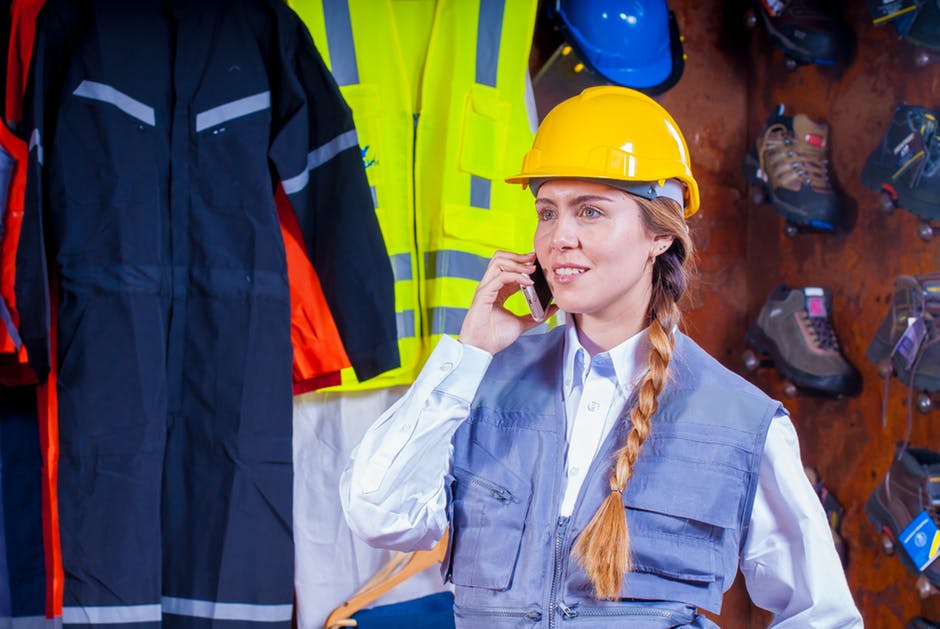Entrepreneurs or small business owners usually don’t see safety as a priority. Sometimes even when a worker sustains a severe injury, some entrepreneurs hardly worry about it. Instead, they see it as something that is likely to happen. While others believe that the only way to get a job done safely is to spend huge money that is just not at their disposal. However, to place a company in real financial risks doesn’t require numerous injuries, and this sadly is something small businesses occasionally learn the hard way.
The idea that businesses are forced to pick between safety and making money is very dangerous and outdated. This mindset is slowly being eradicated and businesses are slowly learning to prioritise safety.
Whether you are a high tech laser skin clinic or a medical supplies Melbourne small business, any business owner can adopt these seven approaches below in order to reduce the danger of worker injury, the good thing here is that these approaches can easily be adopted without accumulating multiple fees and costs.
1. Hire smarter. When the volume of sales grows higher than that of production, certain owners are likely to be drawn into making rapid employment. Nonetheless, it will be wise as an employer to take into consideration the danger attached to employing an unskilled worker, for there is a higher possibility for such a worker to become injured. It is better to sensibly screen applicants to ascertain that they possess the expertise required to be effective and ensure safety during work delivery.
2. Train your staff. Regardless of their skill level, your workers should be given instruction to ensure they are in terms of your expectations about how the job should be executed. There is no harm in sharing with your worker’s certain techniques that can ensure more safety in carrying out a particular job. Completely relying on common sense to ensure workers safety is more like gradually preparing for catastrophe. It is not always normal to apply common sense.
3. Demand safe work practice. It is important that you provide employees with proper tools for safety, you can’t expect them to take reasonable safety measures (for instance, link a personal line to a device for safety when working at a height) without these safety kits and gears. It is less expensive to acquire steel-toed shoes or safety glasses than fitting the bill for carrying out a surgery for trauma. The human drive towards convenience is very powerful, and some workers wouldn’t mind taking the risk of using the incorrect instrument or taking a shortcut to deliver a particular work.
4. Demonstrate that you value workers safety. If you give commendations to participants of your “A-team” as those who will use any possible means to get a job done, unintentionally, you could be encouraging a philosophy that doesn’t place much importance on safety. Think about identifying workers who propose ideas relating to working safely. Be mindful not to offer incentives to workers who sustain no injury for it will lead to none reporting, which is likely to intensify the danger of injuries.
5. Look for ways to improve safety. It is not only appropriate to search for work techniques to attain quicker results at less rate, it is also important that you seek ways to eradicate danger. Get in touch often with workers to know more about their safety ideas. Seek to know their worries about safety at work and take actions based on their recommendations. Ensure staff know how to use basic and custom instruments like wheelchairs and epi-pens when an emergency occurs. Educating employees is very valuable, regularly hold workshops and information sessions, for example you could have skin doctor come in and talk about sun safety and protecting yourself from UV.
6. Remember there are a lot of right answers. Many times owners consider safety to be free from mixtures, that as far as a job is concerned, it’s either safe or it is not safe. They fail to see that in the truth, safety is relative. No job can be considered to be completely devoid of danger thus fully safe. Nevertheless, there are procedures to follow in a job in order to ensure it is safer. Equally, no job can be marked as totally unsafe.
Some people can be very hard to persuade when it comes to safety. Some workers believe in the philosophy of “life’s too short, so you should just do whatever feels good” though others are prepared to take irrational and sometimes thoughtless risks. Entrepreneurs must constantly monitor those workers that unnecessarily put their lives in danger by so doing threatening the lives of their colleagues thus putting the company’s future in peril.
7. Demonstrate that you value a job done safely. If you consider your “A-team” members as those workers who get jobs delivered by any means necessary, you may be indirectly advocating for a principle that attaches less worth for safety. Rather than admiring people who get the job done without the necessary safety precautions, reflect on those who provide ideas about safety. But do not provide incentives to those who don’t sustain injuries, for you are basically providing room for zero-reporting which in fact raises your injury risks.


